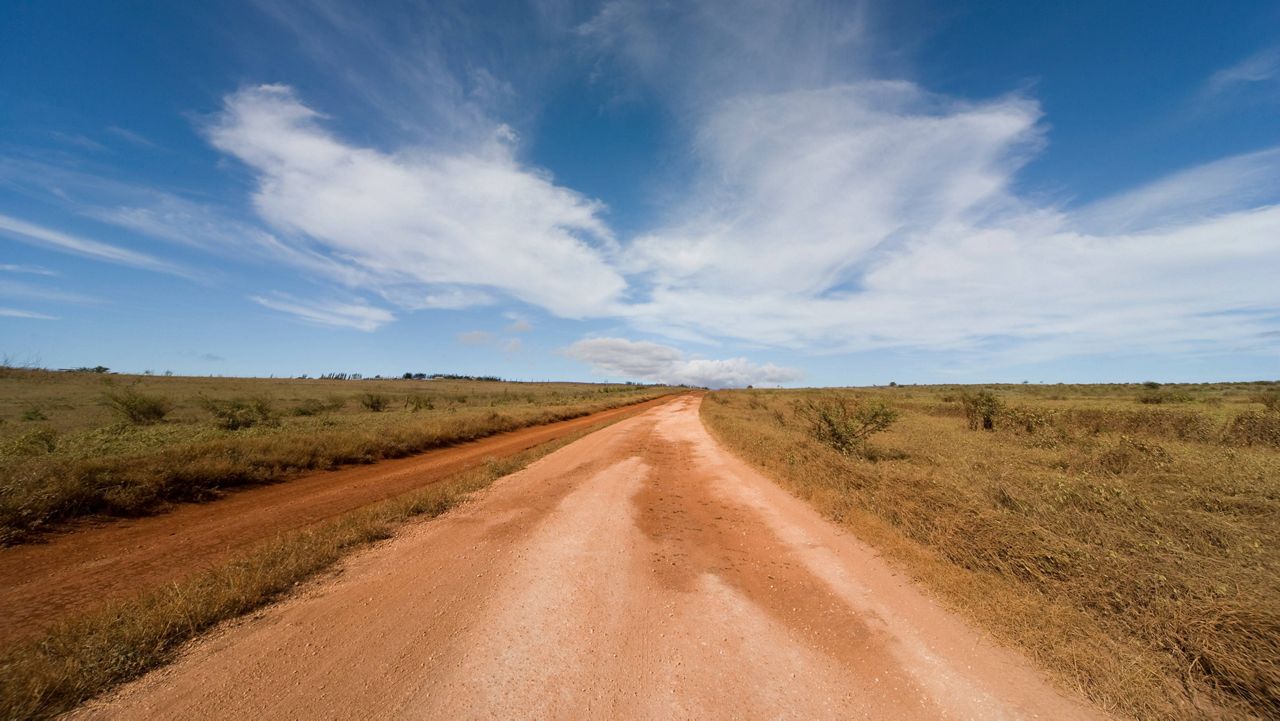Currently, the U.S. Drought Monitor shows all of Molokai — along with most of Maui, west Oahu, southeast Lanai and northeast Hawaii Island — experiencing severe drought.
The Climate Prediction Center’s Seasonal Drought Outlook for Molokai shows the drought persisting for at least the next three months.
The entire state of Hawaii is currently in a drought — despite it being the rainy season, according to the Department of Land and Natural Resources.
The State Commission of Water Resource Management called Maui County’s drought historic and is asking people to conserve water.
“Normal wet season rainfall has not materialized and streams that are normally gushing with water are barely flowing,” said State Commission of Water Resource Management Deputy Kaleo Manuel in a DLNR press release. “This is deepening our already grave concerns about the effects of seasonal drought on water supplies.”
The limited rainfall during the wet season from October to April will impact Maui County as the dry season arrives. This will increase the likelihood of wildfires.
The Maui County Department of Water Supply has programs to replace older toilets with ultra high-efficiency toilets and to provide free replacement faucets, showerheads and hose bibs. The Department of Water Supply is also giving away free 50-gallon rain barrels for catchment, which are another tool for water conservation.
Maui and Molokai are also being devastated by an overpopulation of axis deer as the invasive animals move into high-elevation forested land, eating everything. The islands’ forests are crucial as they capture rain water and replenish the islands’ aquifers. In many areas at lower elevations, the deer have already turned once-lush landscapes into barren wastelands.
Walter Ritte, a Native Hawaiian activist and Molokai resident, described to Spectrum News Hawaii in an interview in January how beginning in 2020, during a drought, axis deer started entering residents' yards in search of more food sources. The deer were also seen eating grass along the highway.
In March, Gov. David Ige signed a new emergency proclamation for Maui County’s axis deer problem. The proclamation estimated there are as many as 60,000 axis deer in Maui County.
Hundreds of deer have died, creating a hazard as their decomposing bodies contaminate streams and the ocean.
Michelle Broder Van Dyke covers the Hawaiian Islands for Spectrum News Hawaii.



